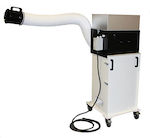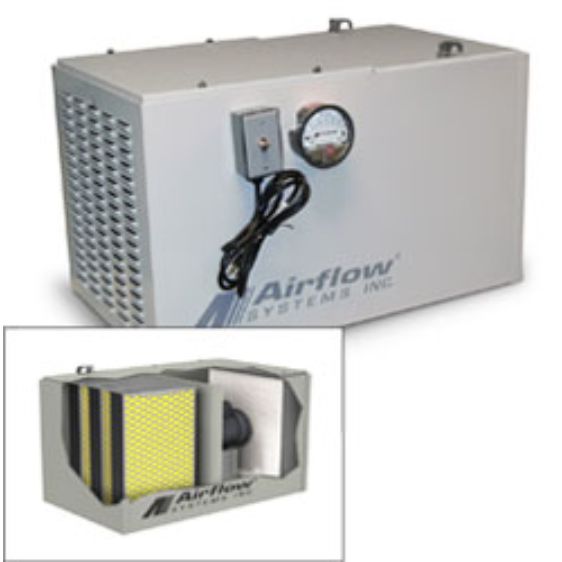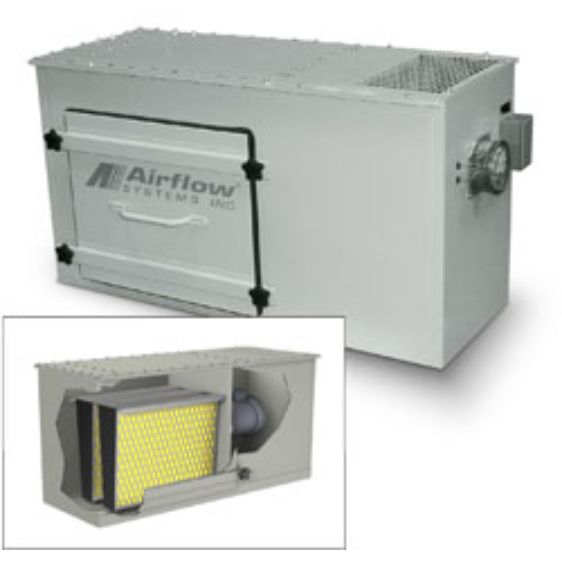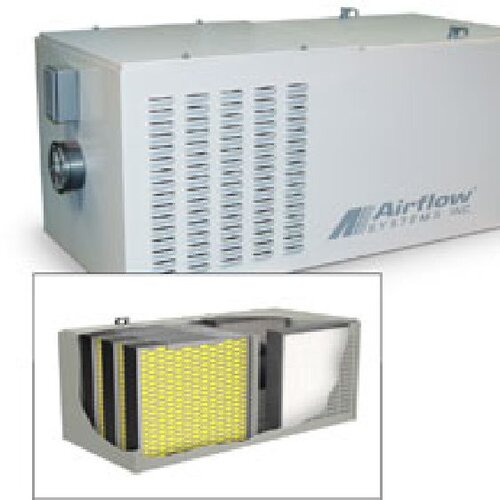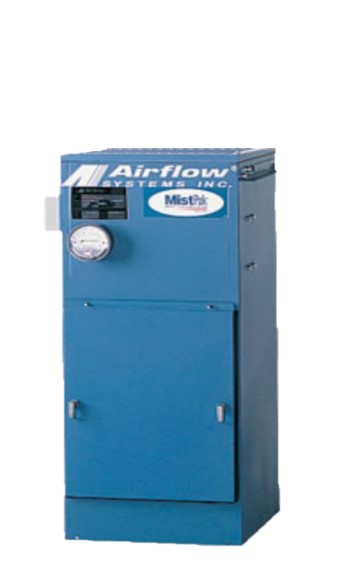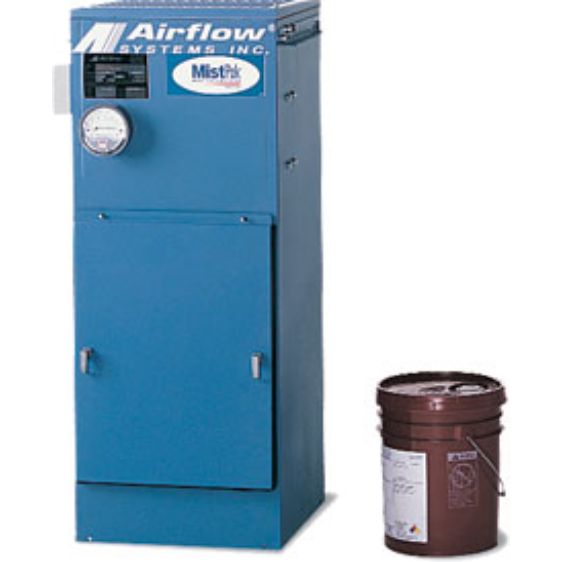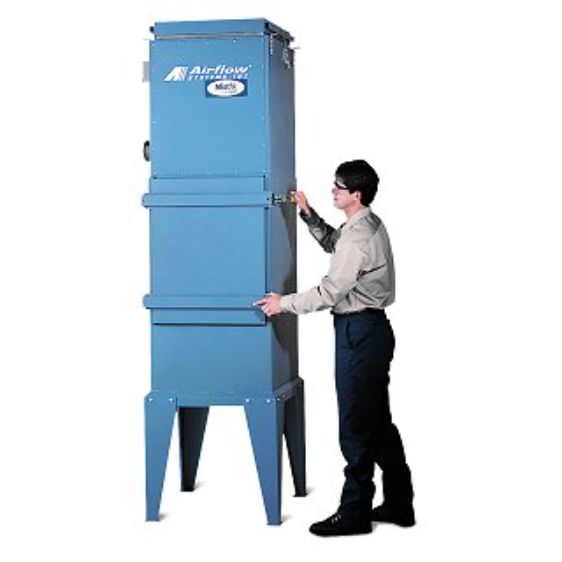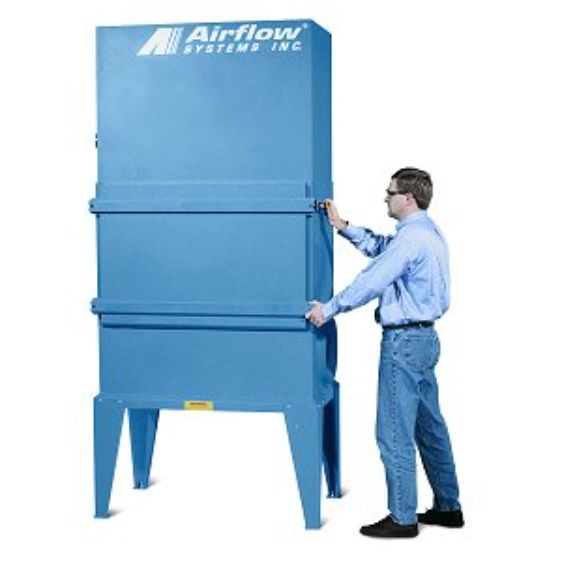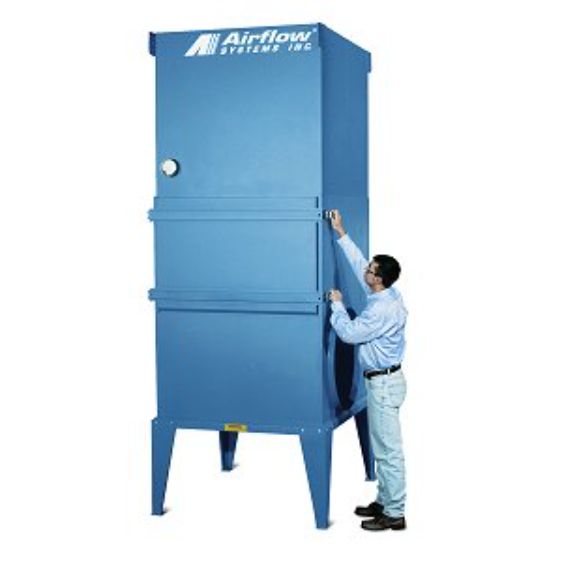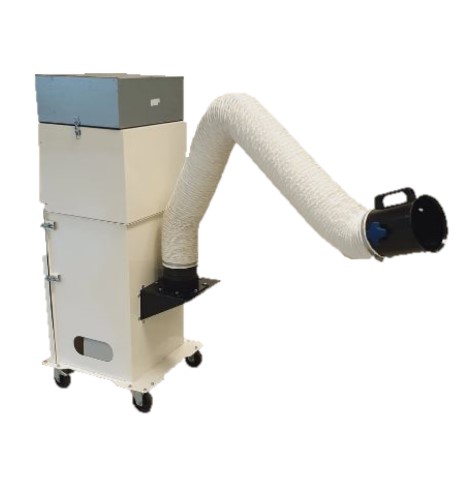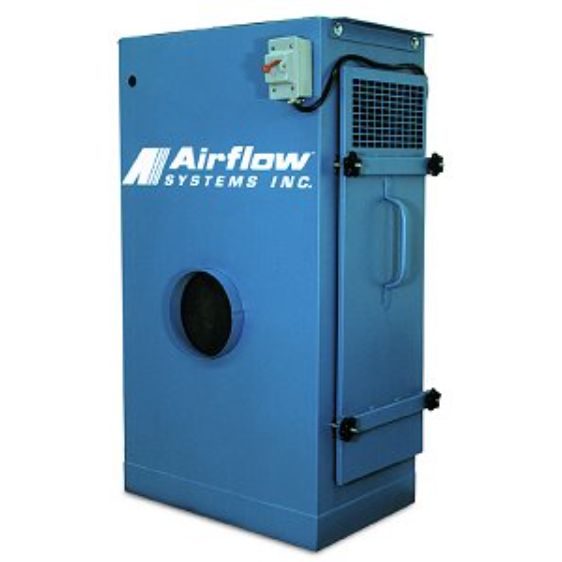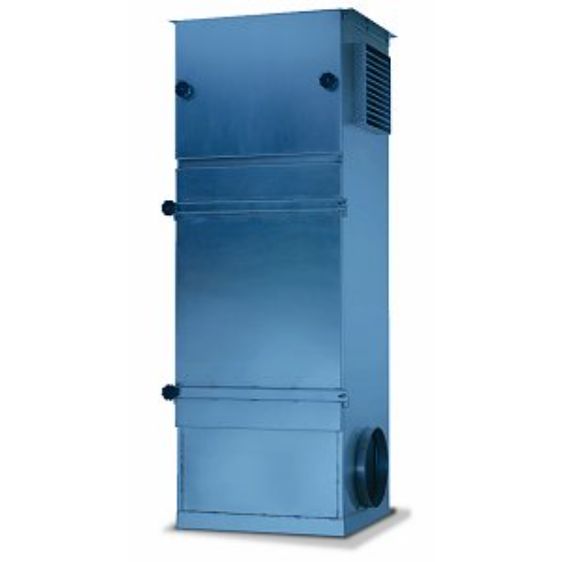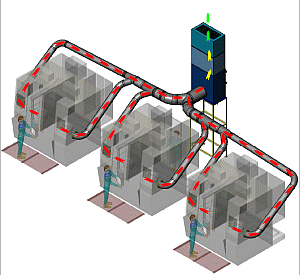
Mist Collectors
These units are designed to capture airborne contaminants such as oil mist and chemicals, while simultaneously extracting and containing dust and moisture created by the machining process. Our units use filters that are "SELF-DRAINING", which captures moisture, and dust at the same time, and as such, it is very important that the amount of dust being captured by these systems does not exceed more than 5% of the total extracted pollutant. If the dust quantity is kept to a minimum, filter life can be expected between 1 to 5 years depending on the application and runtime.
Mist Collectors are for a variety of mist-producing applications such as CNC machining and cold-heading applications. A full list of applications can be found below:
Yes, these units can make the workplace safer by capturing harmful oil mists that otherwise mix with the air in industrial facilities. However, the effectiveness of our units relies on proper configuration, installation, and maintenance for the specific application. We offer a range of configurations that vary from standalone extraction systems with point source extraction, to integrated systems that extract directly from the machining process.
Our mist collectors are designed for precision metalwork applications, such as CNC machining, cold-heading, and lathing applications.
To see our selection of products, check out our catalog below
Some important points to consider when purchasing:
- Velocity: How much airflow is needed to pick up the contaminant?
- Point-Source or Integrated System: Do you need to extract from a workstation, or from a machining process?
- Portability: Do you need mist collection from multiple workstations, or integrated installation?
- Filter Selection: What filter do you need for your contaminant?
- Positioning: Do you need an extraction arm to capture your source more effectively?
Industrial workers are exposed to a variety of health hazards every day. As a result, these workers risk the possibility of becoming sick, ill, and in some cases, permanently disabled. According to a WHO estimate (WHO, 2000), unintentional poisonings led to 300,000 deaths in the year 2000.
It is our goal to diminish that figure, but it only works if the correct equipment is used, and configured correctly. Our team works to make the process of answering your questions as straightforward and coherent as possible, and as such, will work with you to provide you with the system that best fits your needs. This includes everything from accessibility and usability to longevity and reliability.
You can read more about the risks and preventions of fume extraction below:
OSHA
WHO
Mist:
- Capture Velocity 100 FPM
- Transport Velocity 2250 FPM
- Minimum Face Velocity 1766 FPM
Here are some general design velocities when using "ENCLOSING" Hoods:
Mist CNC:
- Minimum Face Velocity 75 FPM
- Transport Velocity 2250 FPM

